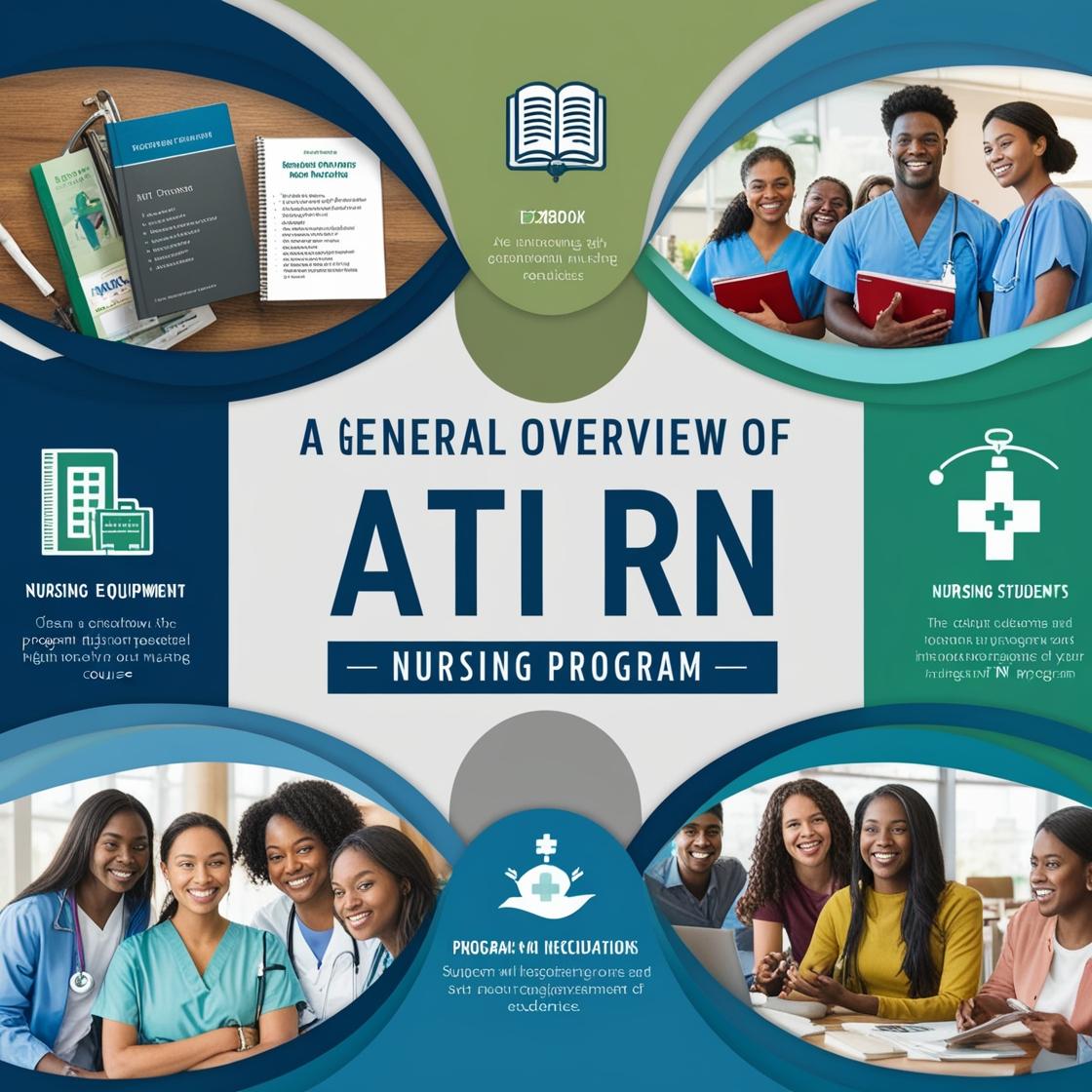RN
ATI Pediatrics Proctored Exam 2023 Quizlet
1. A nurse is auscultating the lungs of an adolescent who has asthma. The nurse should identify the sound as which of the following?
- A. Biots respiration
- B. Chaney Stokes respiration
- C. tachypnea
- D. Bradypnea
Correct answer: C
Rationale: The nurse should identify the sound heard during auscultation as tachypnea, which is a rapid, regular breathing pattern. This breathing pattern often occurs with anxiety, fever, metabolic acidosis, or severe anemia.
2. A newborn's parents are being taught about ways to prevent sudden infant death syndrome (SIDS). Which of the following instructions should be included?
- A. Place the infant in a prone position to sleep.
- B. Allow the infant to sleep on a large pillow.
- C. Use a soft mattress in the infant's crib.
- D. Give the infant a pacifier at bedtime.
Correct answer: D
Rationale: The correct instruction to prevent SIDS is to give the infant a pacifier at bedtime. The use of a pacifier while the infant is sleeping is associated with a decreased risk of SIDS. Other recommended preventive measures include placing the infant on their back to sleep, using a firm mattress in the crib, and avoiding soft bedding or pillows.
3. A nurse is providing discharge teaching to the parent of a school-age child who has moderate persistent asthma. Which of the following instructions should the nurse include?
- A. You should give your child his salmeterol inhaler every 4 hours when he is having an acute episode of wheezing.
- B. You should monitor your child's weight weekly while he is receiving inhaled corticosteroid therapy.
- C. Pulmonary function tests will be performed every 12 to 24 months to evaluate how your child is responding to therapy.
- D. When using the peak expiratory flow meter, record your child's average of three readings.
Correct answer: C
Rationale: The nurse should inform the parent that the child will need pulmonary function tests every 12 to 24 months to assess lung function and response to treatment. These tests help evaluate the presence of lung disease, monitor disease progression, and assess the effectiveness of the current therapeutic regimen in managing asthma.
4. A toddler in the emergency department has partial thickness burns on his right arm. Which of the following actions should the nurse take?
- A. Insert a nasogastric tube
- B. Initiate prophylactic antibiotic therapy
- C. Cleanse the affected area with mild soap and water
- D. Apply a topical corticosteroid to the affected area
Correct answer: C
Rationale: When a toddler has partial thickness burns, the nurse should cleanse the affected area with mild soap and water. This action helps remove any loose tissue that could lead to infection and prepares the area for appropriate wound care.
5. In caring for an adolescent with severe abdominal pain due to appendicitis, where should the nurse identify as McBurney's point?
- A. Right lower quadrant
- B. Left lower quadrant
- C. Right upper quadrant
- D. Left upper quadrant
Correct answer: A
Rationale: McBurney's point is located in the right lower quadrant of the abdomen, specifically between the umbilicus and the anterior iliac crest. This point is significant in diagnosing appendicitis, as tenderness at McBurney's point is a classic sign of appendicitis and indicates inflammation near the appendix.

Access More Features
ATI RN Basic
$69.99/ 30 days
- 50,000 Questions with answers
- All ATI courses Coverage
- 30 days access
ATI RN Premium
$149.99/ 90 days
- 50,000 Questions with answers
- All ATI courses Coverage
- 90 days access
